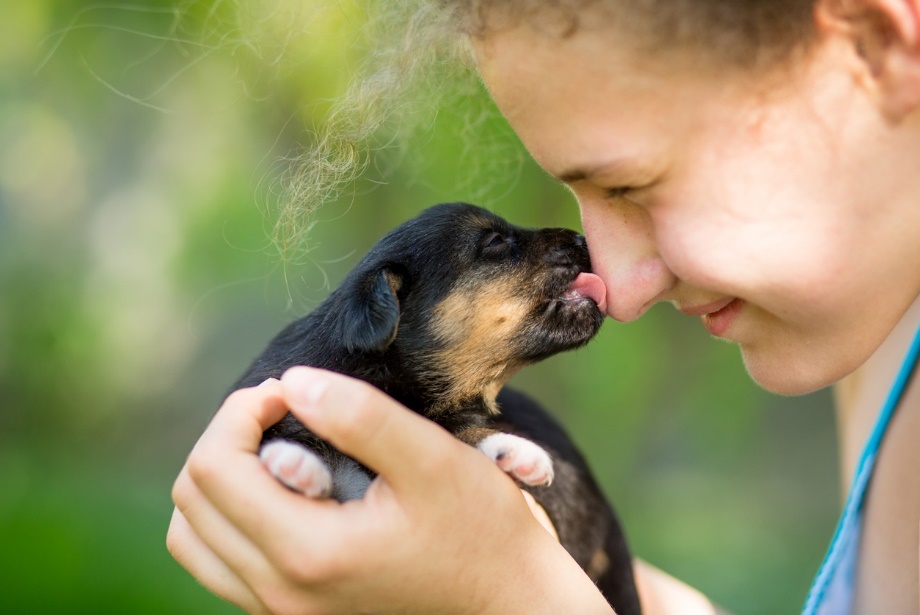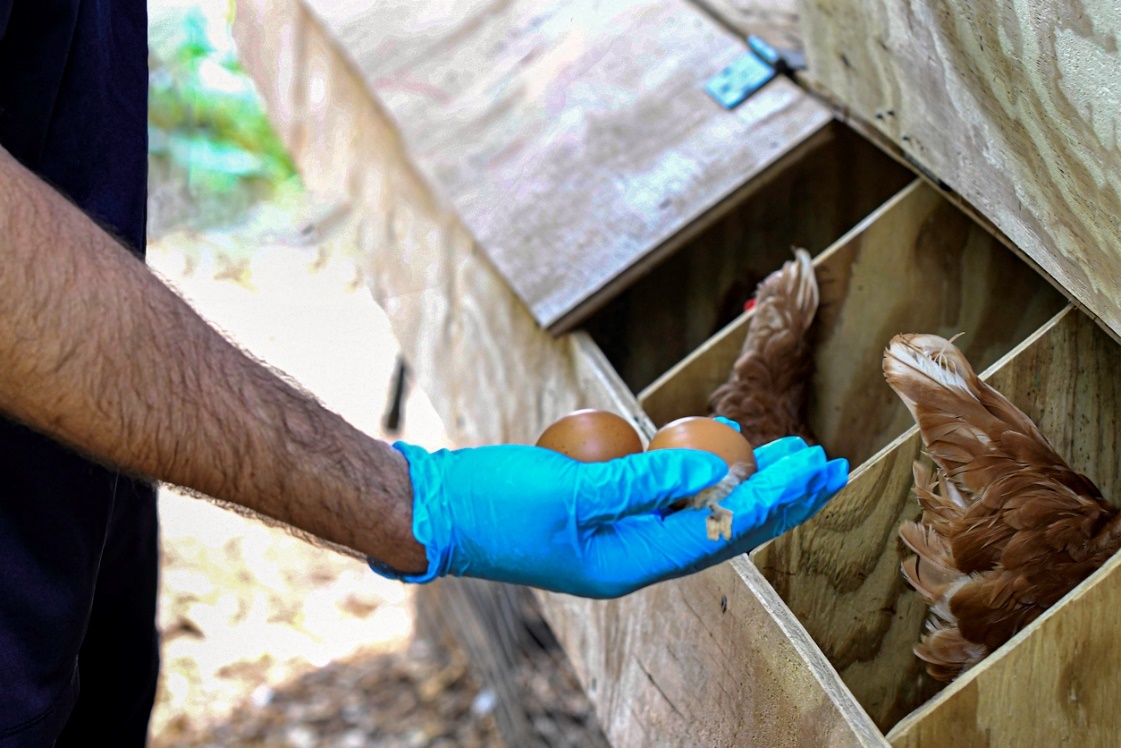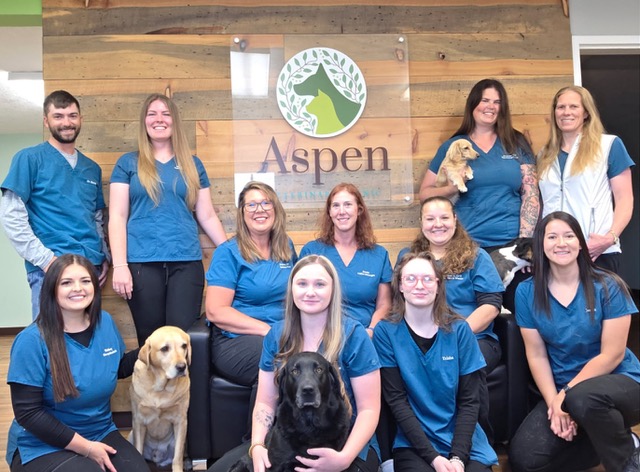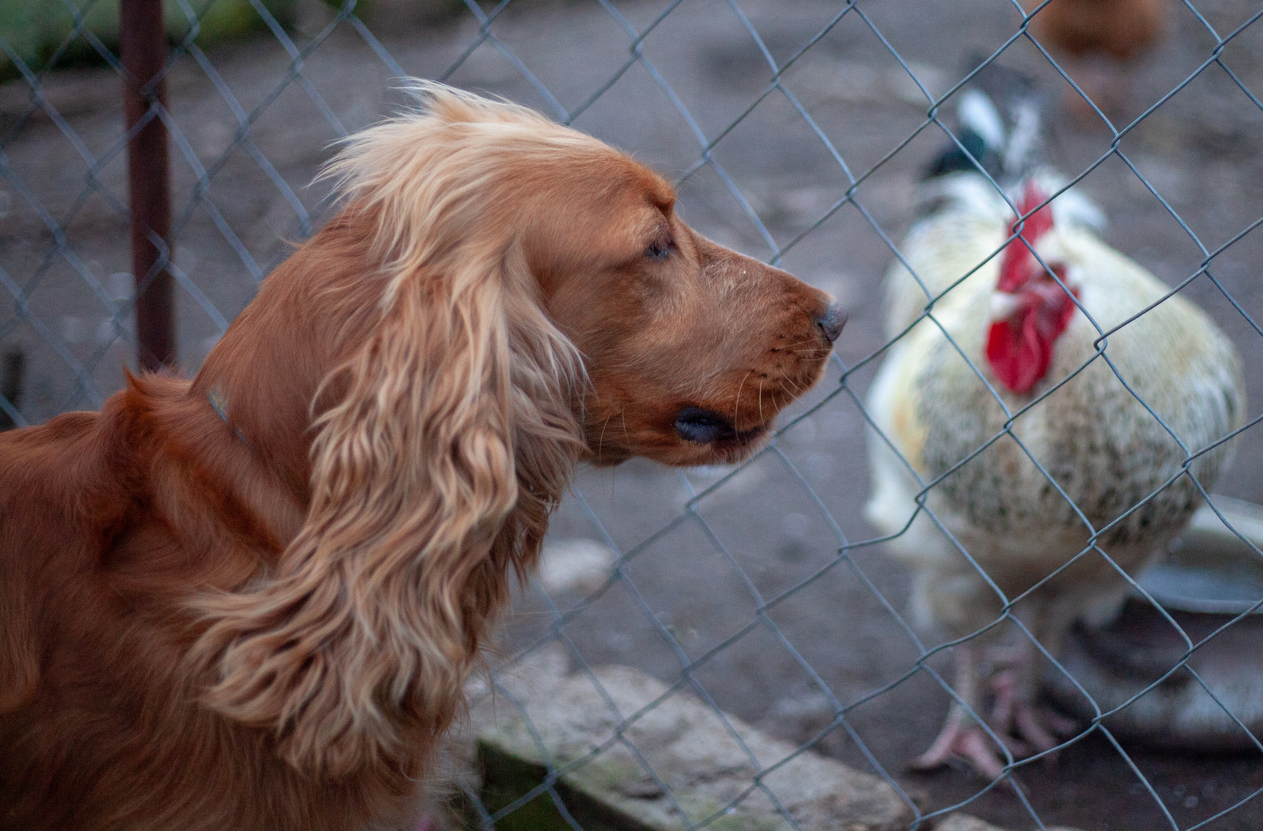Aspen Veterinary Clinic | Spring Creek, NV
At Aspen Veterinary Clinic in Spring Creek, NV, we care for dogs, cats, backyard chickens, horses, small ruminants, and other livestock. These animals enrich our lives—but they can also carry diseases that can spread to humans. These are known as zoonotic diseases and understanding how they spread helps protect both your household and your animals.
What Are Zoonotic Diseases?

Zoonotic diseases are illnesses passed from animals to people. They may spread through saliva, urine, feces, fur, feathers, or contaminated environments. Some zoonotic diseases cause only mild symptoms, while others can be more serious—especially for young children, seniors, pregnant individuals, and those with weakened immune systems.
At Aspen Veterinary Clinic, we focus on prevention through education, hygiene guidance, and timely veterinary care.
Common Zoonotic Diseases in Dogs and Cats
- Roundworms & Hookworms (Toxocariasis)
- Animal Symptoms: Bloated belly, vomiting, diarrhea, weight loss
- Transmission (Animal): Ingestion of contaminated soil, feces, or mother’s milk
- Transmission to Humans: Contact with contaminated soil, fur, or feces
- Human Symptoms: Rash, coughing, vision loss, organ damage
- Ringworm (Dermatophytosis)
- Animal Symptoms: Itchy, flaky skin; circular areas of hair loss
- Transmission (Animal): Contact with infected animals or contaminated objects
- Transmission to Humans: Touching infected fur, bedding, or grooming tools
- Human Symptoms: Red, ring-shaped rash
- Giardia (Giardiasis)
- Animal Symptoms: Diarrhea, greasy stool, weight loss
- Transmission (Animal): Drinking contaminated water or exposure to infected feces
- Transmission to Humans: Contact with infected feces or water
- Human Symptoms: Diarrhea, cramps, gas
- Leptospirosis
- Animal Symptoms: Vomiting, fever, muscle pain, jaundice, kidney/liver damage
- Transmission (Animal): Exposure to infected urine or contaminated water/soil
- Transmission to Humans: Contact with infected urine, contaminated water or puddles
- Human Symptoms: Flu-like illness, liver/kidney complications
- Cat Scratch Disease (Bartonellosis)
- Animal Symptoms: Usually no symptoms
- Transmission (Animal): Through fleas or scratches
- Transmission to Humans: Scratches, bites, or licks from infected cats
- Human Symptoms: Swollen lymph nodes, fever, fatigue
Pregnancy Note: While concerns sometimes arise that cat scratch disease may cause miscarriage, current research does not support this. One study found no clear link between the infection and harm to unborn babies. You can read the summary here: PubMed – Cat Scratch Disease in Pregnancy
If you are expecting and concerned about your pet cat, it’s still wise to avoid scratches and bites, keep up with flea prevention, and practice good hygiene.
- Rabies
- Animal Symptoms: Behavior changes, aggression, excessive drooling, paralysis
- Transmission (Animal): Bite from another infected animal
- Transmission to Humans: Bite or saliva entering a wound or mucous membranes
- Human Symptoms: Neurological symptoms; fatal if untreated
- Plague (Yersinia pestis)
⚠️ Note: A recent fatal case of pneumonic plague occurred in July 2025 in Flagstaff, AZ. Although rare, plague is present in the Western U.S., including Nevada. Without immediate treatment, up to 60% of untreated people and animals with bubonic plague may die, and pneumonic plague can be fatal within days. If your pet shows signs of illness after flea exposure or hunting wildlife—or if you develop fever and swollen lymph nodes—seek emergency veterinary or medical care immediately. Early treatment saves lives. Learn more at CDC.gov/plague.
- Animal Symptoms: Cats may develop fever, swollen lymph nodes, coughing, nasal discharge, or lethargy; dogs are usually asymptomatic but may carry infected fleas
- Transmission (Animal): Flea bites from infected wild rodents (e.g., prairie dogs, ground squirrels); cats may also be infected by hunting or eating infected animals
- Transmission to Humans: Flea bites, contact with infected tissues or fluids, or respiratory droplets from infected cats (pneumonic plague)
- Human Symptoms:
- Bubonic plague: Swollen lymph nodes, fever, chills
- Pneumonic plague: Cough, chest pain, difficulty breathing
Zoonotic Risks in Backyard Chickens
- Salmonella
- Animal Symptoms: Often none; may include diarrhea or lower egg production
- Transmission (Animal): Fecal contamination in coops, nests, or on eggs
- Transmission to Humans: Handling birds, eggs, or contaminated surfaces
- Human Symptoms: Diarrhea, fever, abdominal cramps
- Avian Influenza (Bird Flu)
- Animal Symptoms: Respiratory issues, swelling, sudden death
- Transmission (Animal): Bird-to-bird contact or contaminated environments
- Transmission to Humans: Close contact with infected birds or droppings
- Human Symptoms: Fever, respiratory symptoms, body aches
- Campylobacter
- Animal Symptoms: Rarely show signs of illness
- Transmission (Animal): Contaminated water, feces, or meat
- Transmission to Humans: Handling raw poultry or contaminated items
- Human Symptoms: Bloody diarrhea, fever, abdominal pain
Livestock and Small Ruminants (Cattle, Goats, Sheep, and Pigs)
- Leptospirosis
- Species Affected: Cattle, pigs, goats, and sheep
- Animal Symptoms: Fever, abortion, jaundice, reduced milk production
- Transmission: Contact with infected urine, contaminated bedding or water
- Human Symptoms: Flu-like illness, liver/kidney complications
- Q Fever (Coxiella burnetii)
- Species Affected: Cattle, goats, and sheep (rare in pigs)
- Animal Symptoms: Often none; can cause abortion in pregnant animals
- Transmission: Inhalation of dust from birthing fluids, manure, or bedding
- Human Symptoms: High fever, fatigue, pneumonia-like illness
- Ringworm (Dermatophytosis)
- Species Affected: Cattle, goats, sheep; possible in pigs
- Animal Symptoms: Hair loss in circular patterns, scaly or crusty skin
- Transmission: Skin contact or contaminated tools/fencing
- Human Symptoms: Itchy, circular red rash
- Cryptosporidiosis (Crypto)
- Species Affected: Especially common in young calves, lambs, and kids
- Animal Symptoms: Diarrhea, dehydration in young animals
- Transmission: Contact with infected feces
- Human Symptoms: Watery diarrhea, cramping, nausea
- Salmonella
- Species Affected: All livestock, especially pigs and young ruminants
- Animal Symptoms: Diarrhea, fever, lethargy
- Transmission: Fecal contamination of feed, water, or equipment
- Human Symptoms: Diarrhea, fever, abdominal cramps
- Swine Influenza (Influenza A Virus)
- Species Affected: Pigs
- Animal Symptoms: Coughing, nasal discharge, fever
- Transmission: Respiratory droplets from infected pigs
- Human Symptoms: Fever, cough, body aches
- Erysipeloid (Erysipelothrix rhusiopathiae)
- Species Affected: Mainly pigs (can also be found in poultry and sheep)
- Animal Symptoms: Skin lesions, fever, arthritis
- Transmission: Handling infected animals or contaminated tools
- Human Symptoms: Painful red skin lesions, joint swelling
- Toxoplasmosis
- Species Affected: Pigs
- Animal Symptoms: Typically no signs
- Transmission: Eating undercooked pork
- Human Symptoms: Flu-like symptoms; serious during pregnancy
- Trichinellosis (Trichinella spiralis)
- Species Affected: Pigs, especially wild or home-raised
- Animal Symptoms: Usually asymptomatic
- Transmission: Eating undercooked or raw pork
- Human Symptoms: Muscle pain, swelling around the eyes, fever
- Hepatitis E Virus (HEV)
- Species Affected: Pigs
- Animal Symptoms: Often asymptomatic
- Transmission: Eating undercooked pork or exposure to contaminated environments
- Human Symptoms: Liver inflammation, fatigue, jaundice
Zoonotic Diseases in Horses
Horses are less likely to transmit zoonotic disease, but two conditions are worth noting:
Leptospirosis
- Symptoms: Eye inflammation, fever, abortion
- Human Transmission: Contact with urine or fluids
- Human Symptoms: Flu-like symptoms, liver/kidney problems
Ringworm
- Symptoms: Circular bald patches
- Human Transmission: Skin contact or shared grooming tools
- Human Symptoms: Itchy, red rash
How to Help Prevent Zoonotic Disease

Hygiene
- Wash hands after animal contact or cleaning enclosures
- Use gloves when handling litter, manure, or birthing materials
- Teach children proper hygiene after animal interaction
Clean Environment
- Regularly disinfect bedding, enclosures, and tools
- Keep animal food and water clean and protected
- Ventilate barns and pet areas
Pest Control
- Block access by wild animals and rodents
- Secure feed storage and remove standing water
- Monitor for signs of pests around enclosures
Safe Handling
- Avoid letting animals lick your face or wounds
- Wear protective gear when handling birthing or ill animals
- Supervise children during animal handling
Veterinary Care
- Stay current on vaccinations like rabies and leptospirosis
- Follow deworming and flea/tick prevention plans
- Isolate sick animals and contact your veterinarian promptly
Local, Preventive Veterinary Care for Spring Creek Families

At Aspen Veterinary Clinic, we proudly care for the pets, flocks, and herds of Spring Creek and the surrounding areas. Whether you are managing a backyard coop, a herd of goats, or simply enjoying life with your dog or cat, we are here to help you prevent illness and protect your household.
Call today to schedule a wellness visit or learn more about zoonotic disease prevention.
775-753-9111

